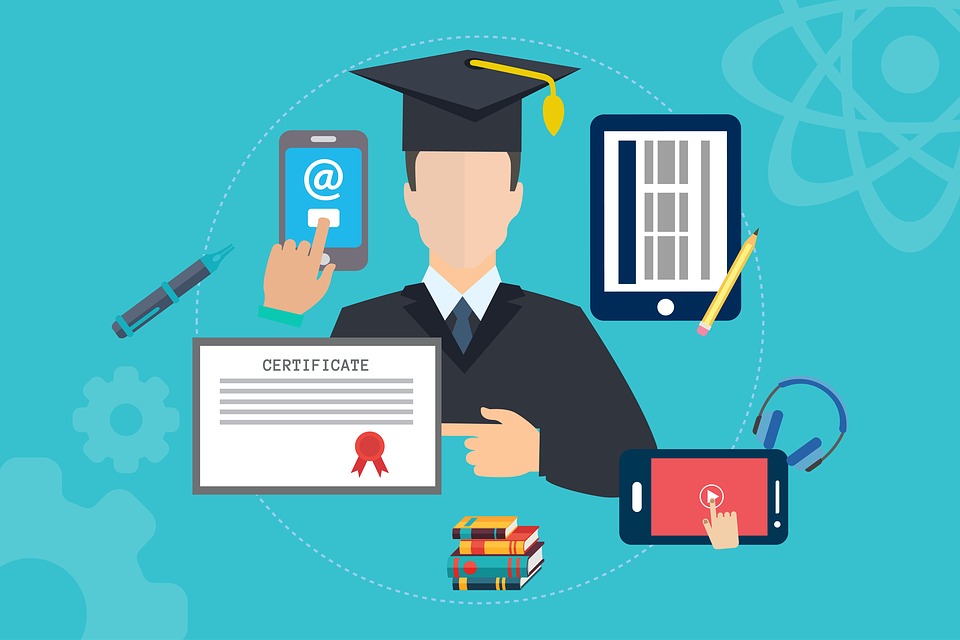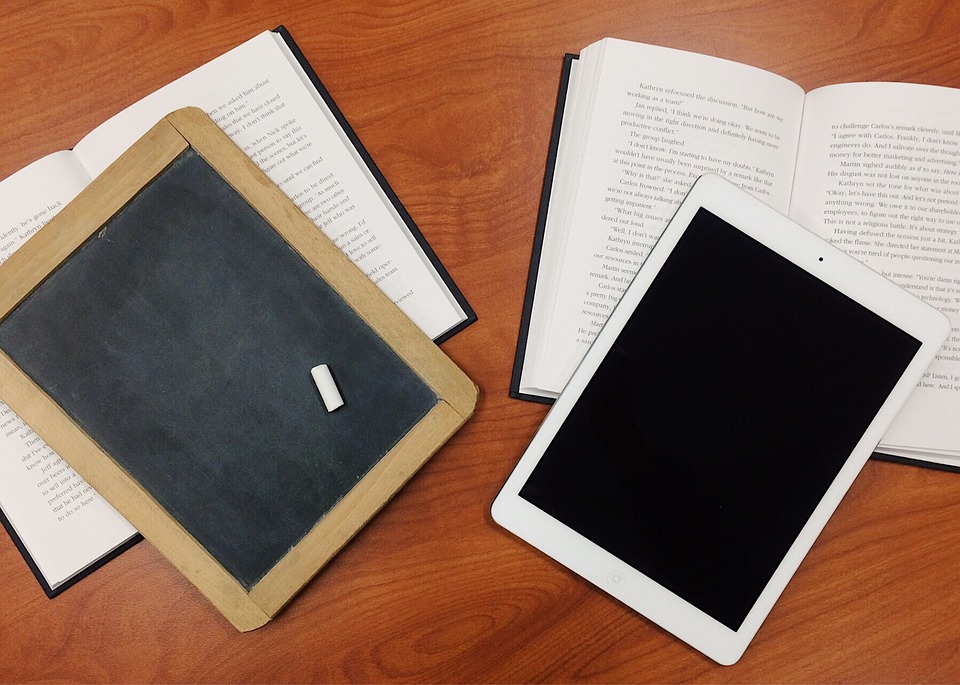Technology is present in almost all aspects of a person’s life. It was just a matter of time until technology finally emerged in education. Integrating tech in the classroom impacted education quite visibly in a positive manner. There are a lot of benefits attributed to the use of tech in teaching, and this is the reason why people actively try to develop its use around students.
The integration started slow – using simple apps in the classroom to facilitate the learning process and multimedia presentations to introducing tablets and stylus pens. The development process happened quite rapidly. Technology is now shaping education, offering brand new pedagogical resources to the young generations. But what is the purpose of this process? Learn below.
Encouraging Constant Engagement
If observing the institutions where technology is not yet used in the classroom, one will notice that the level of student engagement is quite low. Instead of having a two-way dialogue with the students, the teacher holds a discourse. The goal of this one-way communication is to provide the participants with the information they need. Yet students need more than that. They need to work with the information they receive so that they effectively memorize it and apply it in given situations.
The purpose of technology in this sense is to encourage student engagement. This is possible because of how interactive technology is. Students have the chance to do their own research and to observe information in detail. Tech also offers teachers the chance to offer feedback easier and to encourage two-way conversations. Take geography as an example. Information is not assimilated the same way when a student works with a picture compared to when he works with Google Earth, a convenient way to observe the Earth from above and to interact with it.
Bringing Real-Life Situations to The Table
Another element that the traditional educational system lacks when technology is not present is the use of real-world situations in the teaching process. Students only work with theory and information, but in most of the cases, a real-life case is required to fully understand how theory can be applied. Technology can help with this aspect, along with choosing the proper teaching strategies. The value of the topics taught in the classroom must be presented in a wider context to help students link their own interests to what is currently happening in the world. Without the use of technology, this can be a tricky thing to do.
Not all schools afford to plan extracurricular trips around the city that often, and linking theory to real-life situation becomes a problem. With the use of technology, the vast amount of information that is available on the Internet, combined with innovative software products, bringing real-world situations into the classroom is effortless. The main purpose of education remains to prepare people for real life. In many cases, students forget 60% of the information taught during school years because they have no real-life situation to relate to. Technology can put an end to these worrying circumstances by incorporating real-world connections to the teaching process. Rich context is the key to memorizing information the proper way, and students will be more prepared in the future.
Virtual Reality and Simulation
Virtual Reality, Augmented Reality and Mixed Reality represent technologies that opened new doors for education. These technologies offer students the chance to visualize a virtual environment, while also interacting with it. In numerous cases, students can’t get to see the things they learn about in real life, either because it is located in the opposite corner of the world or because it’s long gone. For instance, when learning about dinosaurs, some students may not be able to imagine the size of these creatures. A VR set would offer a multi-sensory experience in a realistic, 3D environment. Simulation is perfect for teaching subjects that are impossible to see or interact with in real life. From planetary movements to the development of meteorological phenomena, everything becomes observable with the help of Virtual Reality and similar technologies.
Accessibility: Making Education Possible
Another purpose of technology in education would be to make it available to everyone. Some children can’t attend school and technology made home-schooling much more effective than it was before. Live streaming from the classroom and online resources facilitate home-school education, making it just as compelling (sometimes even more) as traditional education. Moreover, parents can decide what type of materials to use in the learning process: digital, traditional or both.
Pairing the benefits of technology with the safety of traditional methods of learning seems to be the preferred option. For instance, Cluey Learning is one of the many convenient services that parents can choose for their little ones. Their sessions are tailored to the official school syllabus and they are private. Students of all levels can follow home-school courses, as they are adapted according to the needs of each person.
Online Debate Boards
Another method to enhance classroom engagement is by using online debate boards. In the past, such boards were not available and students had to receive their feedback physically, as well as communicating their ideas verbally. Many ideas go to waste because introvert students are too afraid to express themselves when a lot of people are around. Using online debate boards gives everyone a chance to express their ideas and opinions. Debating stimulates the critical thinking of students while helping them to make better decisions and engaging them into the learning process.
Online debate boards include all sorts of modalities to expose ideas while offering the teacher a plethora of learning styles to choose from. It is a visual, auditory and read-write platform that is extremely convenient for students who are in need of such support. Furthermore, teachers can assess leadership roles, can include ethical considerations into the discussions, and many more. Online debate boards are less strict, as political topics can also be brought into the discussion to encourage a healthy adversarial atmosphere where each student brings arguments to sustain their own point of view.



